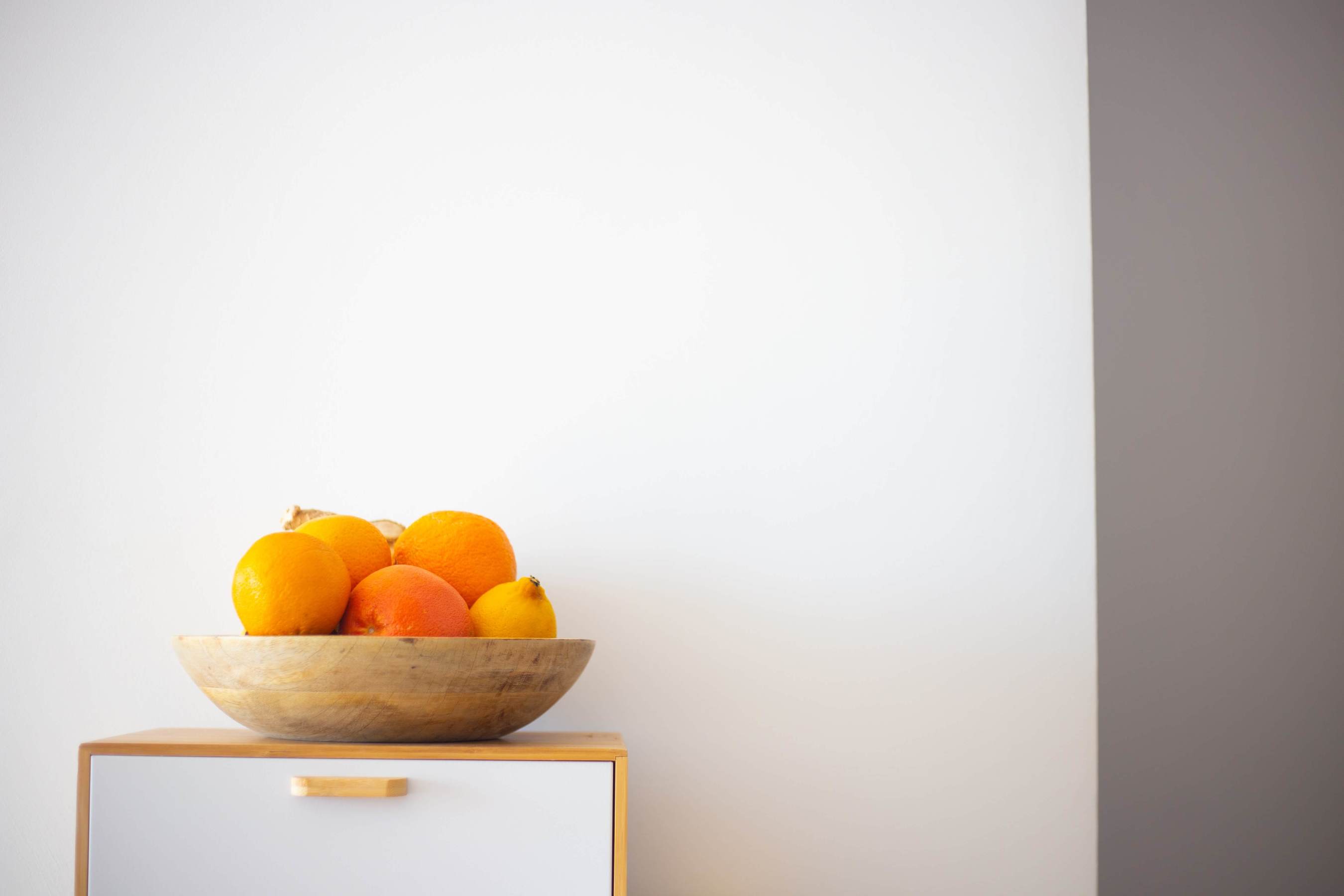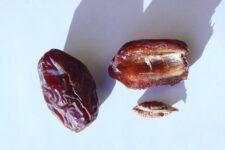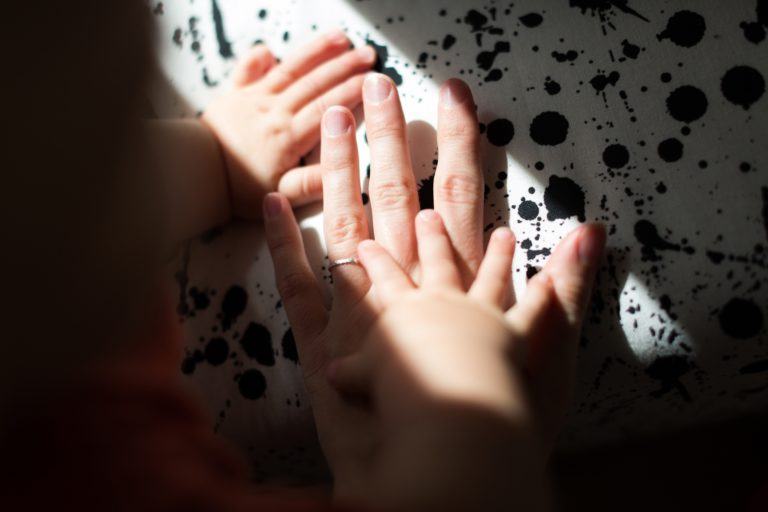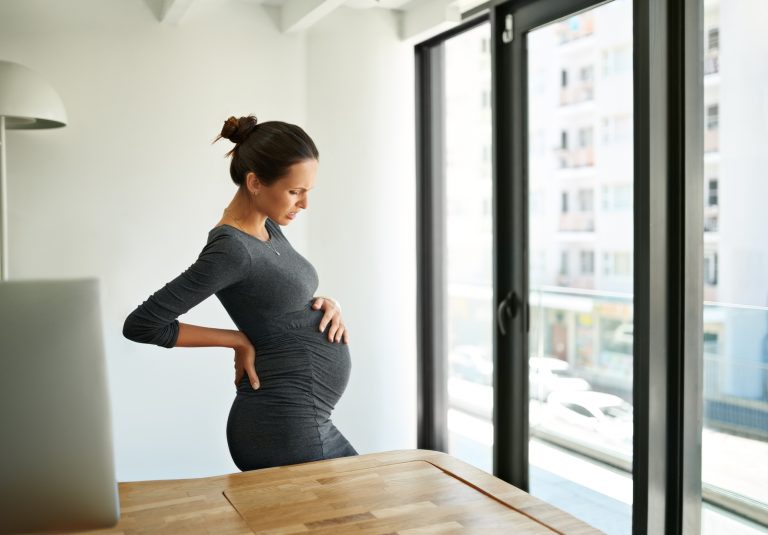A 35-year-old patient came to see me for periods that were so heavy that they’d had been diagnosed with anemia. A 45-year-old patient came to me with an abdomen that protruded so much that their friend had mistakenly thought they were pregnant. A 39-year-old patient of mine had been having difficulty conceiving. What all these patients had in common were uterine fibroids which are benign tumors of the uterus which can cause pelvic pain, abdominal swelling, abnormal uterine bleeding, and infertility.
They are made of smooth muscle and fibrous tissue. They can be located either outside or inside the uterus. They range in size from a pea to a melon, but they are usually between the size of an orange and a grapefruit.
In my practice, I see them very regularly which is not surprising as an estimated 20 – 30% of women* aged between 35 and 50 suffer from fibroids making them the most common structural abnormality of the uterus. Some people have them and never know but for many, such as the ones described above, they can cause problems.
Herbs and acupuncture can help reduce the size of fibroids, but in my experience are unlikely to make them magically disappear altogether. With this in mind, it’s important to consult your GYN and use Chinese medicine as an adjunct to what they recommend. That having been said, I have had very good results using Chinese herbal formulas to reduce the size and unpleasant side effects of uterine fibroids.
Fibroids grow in response to excess estrogen in the system which means that you need to reduce your exposure to external sources of estrogen and support your liver whose job it is to process estrogen for you. In Chinese medicine fibroids are related to blood stagnation and so promoting the circulation of blood in the pelvic area is recommended. There is often an emotional element to fibroids and it can be helpful to explore and address that. So when developing your self-help regimen you should focus on these areas:
- Limit your exposure to eternal estrogens
- Support your liver
- Move blood in the pelvic area
- Get plenty of rest and nourish yourself
- Explore the emotions associated with your fibroids
Limit Your Exposure to Exogenous Estrogens
Controlling how much estrogen you take in is difficult in our estrogen-laden environment. The problem is that chemical estrogens have ways of entering our food and water supply. Agricultural chemicals and pesticides mimic the activity of estrogen, provoking heightened estrogen receptivity on estrogen receptor sites. Urine, contaminated with high levels of residual estrogen from birth control pills, can seep back into water supplies through inadequate sewage treatment procedures. Plastic wrap can leach estrogen-like compounds into our food. Obviously, estrogen replacement therapy at menopause or the contraceptive pill can worsen uterine fibroids due to increased levels of circulating estrogen.
What to do:
- Something to be aware if is that excess fat can increase the amount of estrogen in your system.
- Many people find that adopting a low fat, high fiber, a mostly vegetarian diet is helpful.
- Avoid hormonally treated meat and dairy
- Eat as much organic produce as you can
- Avoid refined and hydrogenated oils
- Eat cruciferous vegetables, such as broccoli, cabbage, cauliflower, kale, and brussels sprouts. These contain a phytonutrient called diindolylmethane (DIM) which supports the activity of enzymes that improve estrogen metabolism. Scientific research shows diindolylmethane increases the level of “good” estrogens (2-hydroxyestrogen) while reducing the level of “bad” estrogens (16-hydroxyestrogen).
- Soy and soy products are a controversial issue. Many alternative practitioners suggest that phytoestrogens (from plants) bond with receptor sites in the body and stop the uptake of more harmful xenoestrogen (from chemicals). This theory makes sense intuitively but over the years I have seen enough patients whose fibroids have grown under the influence of phytoestrogens in herbs and foods to suggest avoiding these foods especially processed soy products. Flax seeds, which are also phytoestrogens, seem to be much gentler and I have never seen them produce an adverse effect
Support your liver
One of your liver’s many jobs is to break down estrogens. It has a much harder time doing this if it is detoxifying all the other substances that it is expected to tackle on a daily basis.

What to do:
- Avoid alcohol & coffee.
- Stimulate the liver by using lemon juice and putting bitter greens such as dandelion greens, endive, and radicchio in your salad.
- You can take liver-supporting herbs including dandelion root, milk thistle, burdock, artichoke, and turmeric.
- B vitamins also aid the liver and are recommended. They can be added in the form of whole foods (such as lentils, rice bran, and blackstrap molasses) or supplements. Vitamin B6, in particular, enhances the breakdown and removal of estrogen from the body.
- Flaxseed oil improves liver function and although it contains phytoestrogens does not seem to cause the same problems as processed soy products.
Move blood in the pelvic area
In Chinese medicine impeded blood circulation in the pelvic area over time can lead to denser and denser tissue eventually resulting in fibroids.
What to do:
- Make sure to include omega 3 fatty acids in your diet which prevent abnormal blood clotting. You can do this by eating fatty fish and if you want to learn more about beneficial fats please see my blog entry on the subject.
- Apply a castor oil pack to the lower abdomen during the 5 days before your period and during the period itself. The only exception to this is if you are trying to get pregnant when you should only use the castor oil pack during your period. The pack invigorates the blood and helps the lymphatic system move debris. Apply castor oil to your abdomen, cover the area with plastic wrap then place a heating pack or hot water bottle on top. This should be warm, not scalding. If it is too hot place a towel between the hot pack and the plastic wrap. Do this twice a day.
- Regular moderate exercise – helps improve circulation.
- Regular warm baths can be helpful especially if you add essential oils such as frankincense and lavender.
- Regular acupuncture can promote blood flow in the pelvic area and thus help reduce fibroids.
Get plenty of rest and nourish yourself
I recently caught up with Teresa Johnson, an integrative health coach with a focus on reproductive and menstrual health, and I loved her perspective on these two key areas.
“Since our bodies need time to repair and rejuvenate, and sleep allows that to happen, we need to give our bodies that time by making it a priority.
I think that we underestimate the power and simplicity that is sleep, hydration, sun/vitamin D, and a belly full of nourishing food. It’s sort of the building blocks for feeling our best, and the way our bodies heal, cope, and keep us moving. Our mental health, hormones, and organs rely on this foundation.” – Teresa Johnson

Exploring the emotions associated with your fibroids
Over the years I have noticed that people with certain emotional issues are more prone to fibroids. For instance, patients whose fibroids bleed profusely are often overwhelmed and unable to cope with their workload. Dr. Christiane Northrup says that fibroids represent creativity that was never birthed. She talks about dead-end jobs and relationships, and conflicts about reproduction and motherhood. Although not always the case I have noticed this enough to flag it up with my patients and urge them to address their overwhelming lives and explore areas where they feel unfulfilled.
What to do:
- Learn to meditate
- Take up yoga
- Hire a therapist or life coach and explore the ways in which you feel blocked
- Learn to say NO
* Language used in the study referenced.






